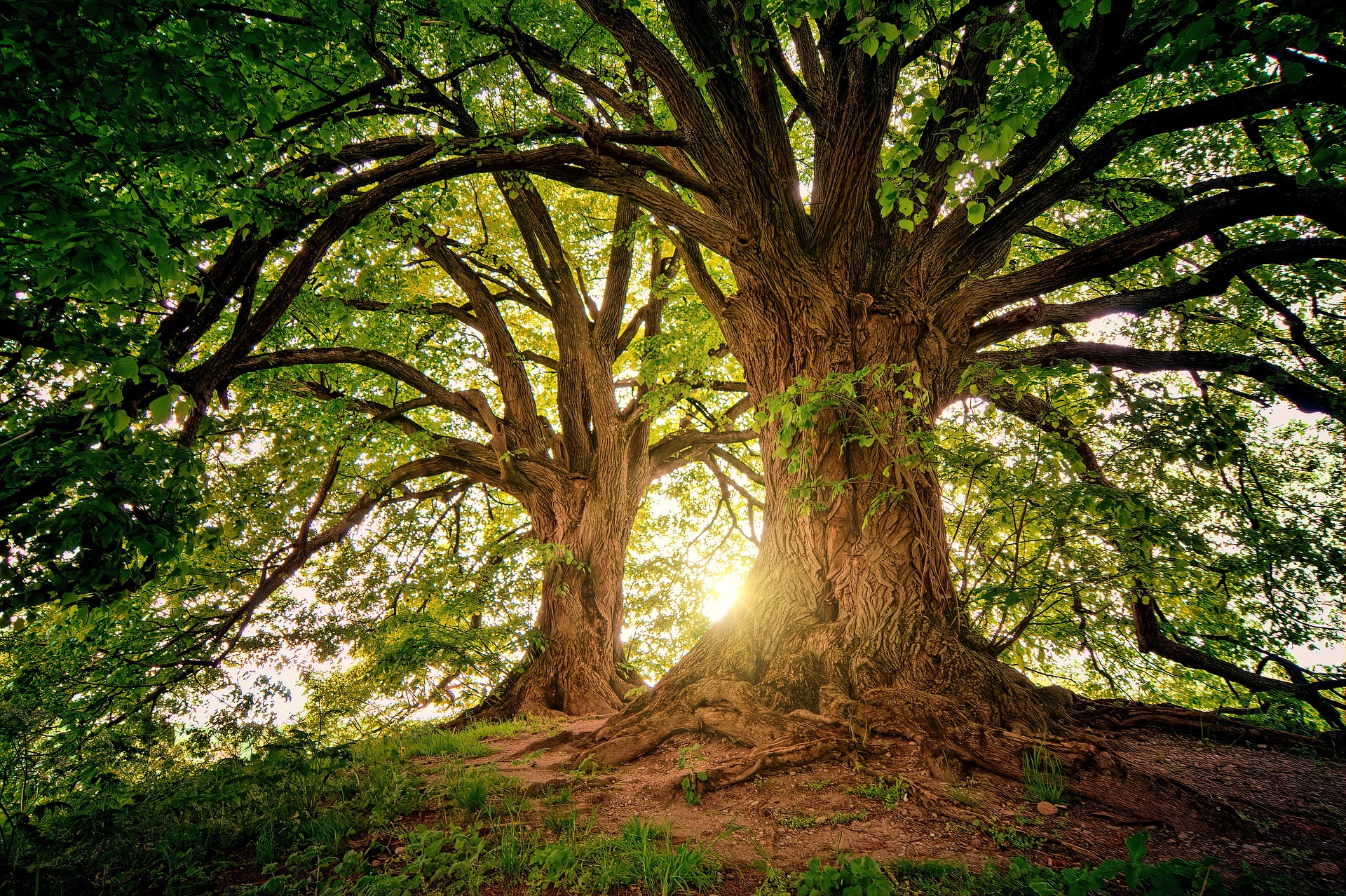ARE YOU READY FOR SOME HELP?
Damage caused by the pinyon tip moth
The pinyon tip moth larvae feed on new growth of the pinyon pine, killing new shoots, causing twig dieback. They rarely kill a tree, but they can cause it to be deformed.
Image by: Whitney Cranshaw, Colorado State University, Bugwood.org
How to identify the pinyon tip moth
Look for discarded pinyon tip moth skins on dead shoots, tunnels inside dead shoots, twig dieback, holes in cones, masses of pink pitch and general tree disfigurement.
The larvae or caterpillars are light golden brown with a dark brown head, and up to 3/4″ long. The adults are small grayish moths, about 1″ wingspan. Their hindwings are grayish white and their forewings have a zig-zag pattern.
Image by: Whitney Cranshaw, Colorado State University, Bugwood.org
Life cycle of the pinyon tip moth
In mid to late May the larvae emerge from their cocoons and start tunneling into the base of unopened buds, feeding on the pith. More mature larvae feed on new growth, either cones or shoots. Mature larvae pupate inside terminals and cones and develop into adults. The adults mate and lay eggs from late June through August. The female pinyon tip moths lay eggs in midsummer. Larvae hatch a few days later and create a silk cocoon attached to the bark in the terminal growth where they overwinter.
Image by: Whitney Cranshaw, Colorado State University, Bugwood.org
How to control the pinyon tip moth
The pinyon tip moth has many natural predators, parasitic wasps, ants, spiders, mites, lizards, birds and mice. Spray insecticide in April and May to catch the pinyon tip moths before they tunnel into buds. Later sprays may be able to kill the larvae moving from buds to the new shoots. Two spray applications may be needed.













